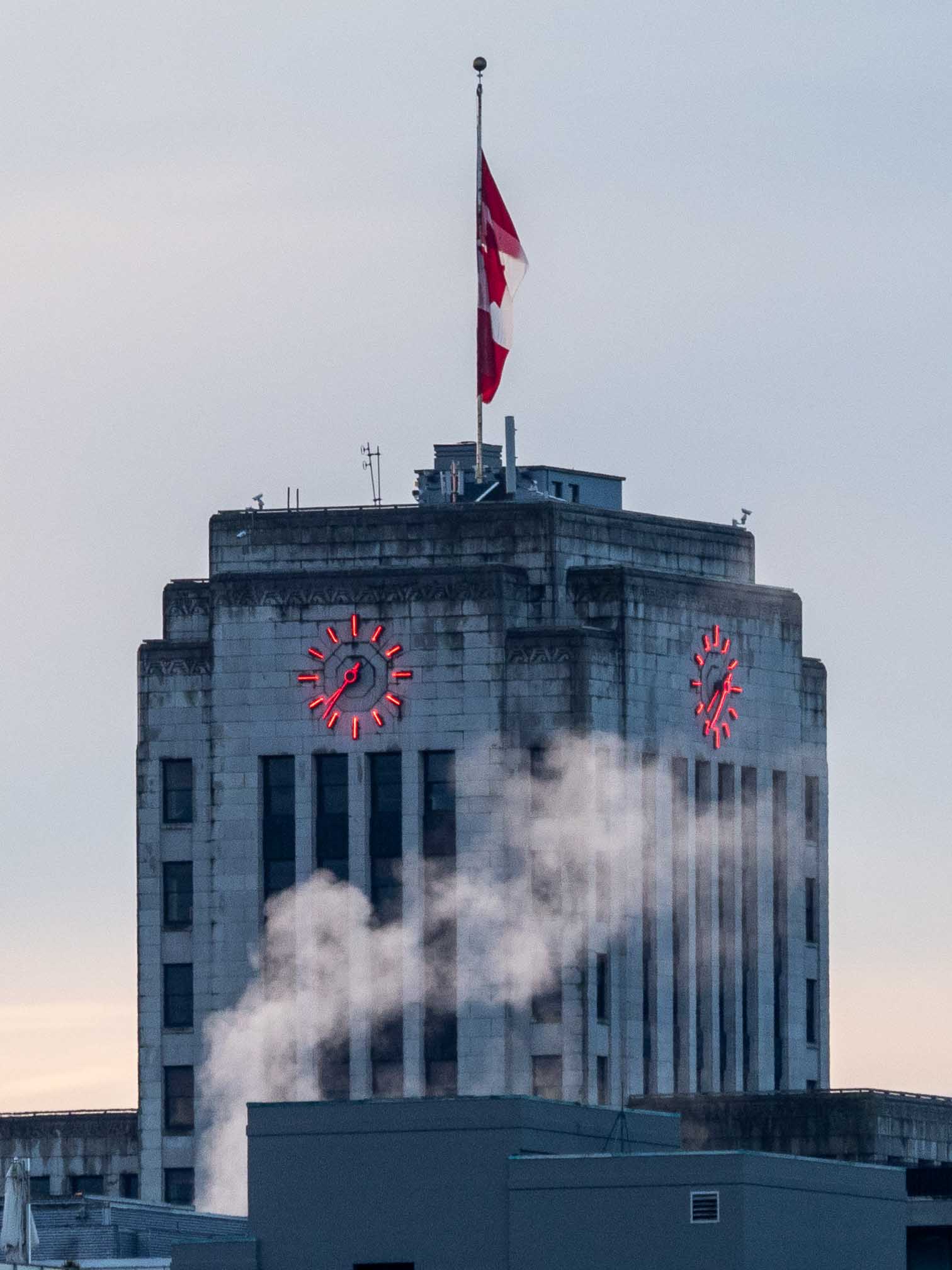Using some natural gas for building heat may allow us to reduce greenhouse gas emissions faster and with less risk to the reliability of the electricity grid.
Introduction
In July, the City voted to reverse its 2022 policy banning the use of natural gas for heating and hot water in new homes in the municipality, citing increased housing costs caused when energy options are limited. The topic is expected to be discussed again later this month.
This article explains why I support the City’s decision to reverse the natural gas ban.
The challenge
Natural gas is used by over 80 percent of buildings in the City for a good reason – it works. The distribution system is set up to supply sufficient quantities at reasonable prices, even during extended cold snaps such as this year. GHG emissions are just about the only drawback of burning natural gas for building heat.
Buildings are a significant source of greenhouse gas (GHG) emissions in Vancouver, and account for 12 percent of BC’s total GHG emissions. It would seem obvious, then, that simply banning natural gas, the most commonly used fossil fuel for building heat, would move us forward towards the City, provincial and federal government goals to achieve net zero GHG emissions by 2050. In reality it’s not that simple.
The most commonly touted alternative is for buildings to be heated with heat pumps, powered by clean electricity generated from hydroelectric facilities. This is also a proven technology, well established even in cold climates such as Scandinavia.
The challenge, however, is whether there will be enough electricity available when it’s needed. In last winter’s cold snap for example, BC Hydro, the province’s largest electricity distribution utility, proudly announced it had delivered a record amount of electricity to serve its customers in one day. Less well publicized was that FortisBC Energy Inc., BC’s largest gas distribution company, delivered twice as much energy that day.
BC Hydro’s maximum ability to generate electricity is 12,040 MW, only about ten percent more than it delivered at its recent peak output, and it has acknowledged it could exceed its capacity limit by 600 MW as early as 2031. And this is under normal circumstances, before we consider the effects of the current drought, reducing hydroelectric generation and causing the utility to rely on imported electricity from the US.
BC Hydro is not ready to double or treble its capacity any time soon, something independent estimates consider necessary for economy-wide electrification. Its current plans to acquire new wind and solar generation from independent power providers won’t help much in the short term either, as these are intermittent sources of generation that cannot be relied upon.
So what’s the answer?
I don’t pretend to know how best to decarbonize building heat, but I think we have more chance of success if governments set targets for what they want to achieve (and, if necessary, provide temporary incentives or disincentives to change consumer behaviour), rather than being specific about how to get there.
The provincial government takes this approach with its building regulations, known as the BC Step Code, which sets increasingly demanding standards for building energy efficiency, leading to all new construction being “net zero ready” by 2032. It does not prescribe the use of particular fuels for heating, nor does it explicitly ban natural gas.
Banning natural gas for building heat is a case of a government’s tendency to believe it has the best solution to every problem, rather than guiding the market to find it, and may in fact preclude solutions that reduce GHG emissions faster and with less risk to the reliability of the electricity grid.
For example, there are hybrid “dual fuel” heaters for individual buildings that use electricity most of the time, but switch to natural gas at times of peak demand. Quebec’s Energir energy utility even has an integrated dual fuel program.
On a larger scale, thermal energy utilities employ a similar approach when providing large-scale building heat. Oakridge Energy will be heating a new multi-building property development in the City of Vancouver using wastewater heat recovery, ground source heat pumps and electric boilers, but will use natural gas boilers to meet peak demands. This solution met the City building code in place at the time.
Using natural gas only for peak demand means the amount used is a low percentage of the annual total energy cost, making it more economic to use higher-cost renewable natural gas or carbon offsets to eliminate the remaining GHG emissions.
Conclusion
The point is not that any one of these solutions is necessarily ideal, merely that they are plausible, and they should not be precluded by a simplistic ban on the use of natural gas for building heat. Let’s give customers the choice of which clean technologies they want, and let the market pick the winners.


